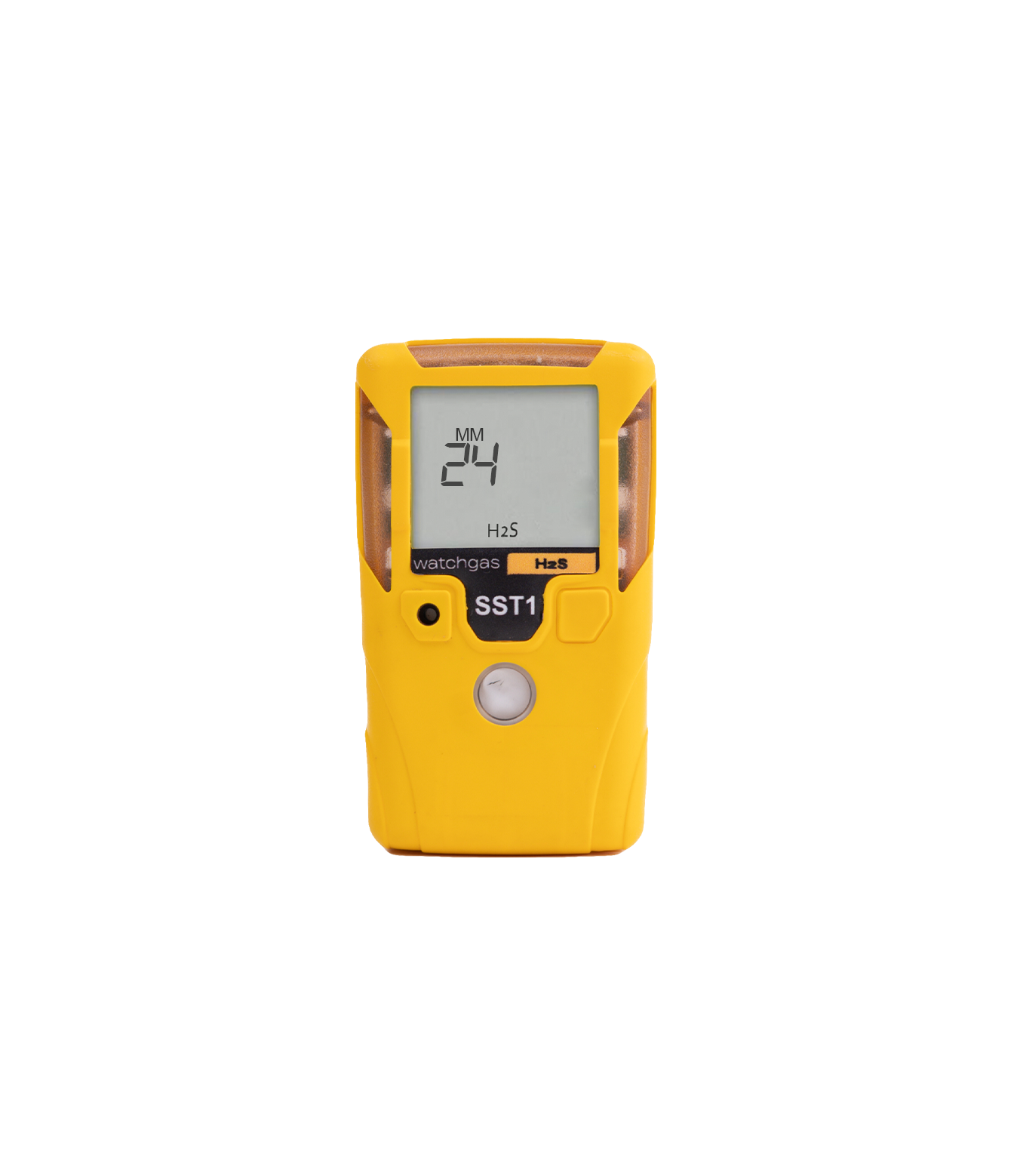Hydrogen Sulfide (H2S)
Hydrogen sulfide (H2S) is a colorless gas with a characteristic odor of rotten eggs which being denser than air may pool in low areas in still conditions.
people are normally exposed to hydrogen sulfide in air by breathing it in or by skin/eye contact. Any absorbed hydrogen sulfide does not accumulate in the body as it is rapidly metabolized in the liver and excreted in the urine. Hydrogen sulfide usually breaks down in air in about 3 days and is dispersed by wind.
If the smell of hydrogen sulfide is strong or you are concerned about its impacts on your amenity or health, you can reduce exposure by:
- avoiding areas that are known sources of hydrogen sulfide
- keeping windows closed when the odor outdoors is noticeable and opening doors and windows once the outdoor odor has subsided
- not exercising outdoors when the smell is present, particularly if your breathing rate increases
If the sulfide is being generated by human activities then appropriate management of those activities may help address the problem at source. For instance industrial emissions might be dealt with through process or engineering controls such as containment or filter ventilation.
When bore water is contaminated with hydrogen sulfide it is sometimes possible to treat the bore with an agent which removes iron from the water and therefore interferes with bacterial activity which happens to generate the gas.
Water treatment companies can advise on suitable agents.
Use of hydrogen sulfide impacted water for irrigation purposes has the potential to release considerable amounts of gas, as mentioned above. Methods for reducing odor impacts include the following:
- decreasing the quantity of water used
- using drippers or delivery devices which are low to the ground and have large droplet size
- watering when there is sufficient wind to disperse the odor
- watering at night when there are fewer people around, if wind is sufficient
- desynchronizing with other similar bore water use







